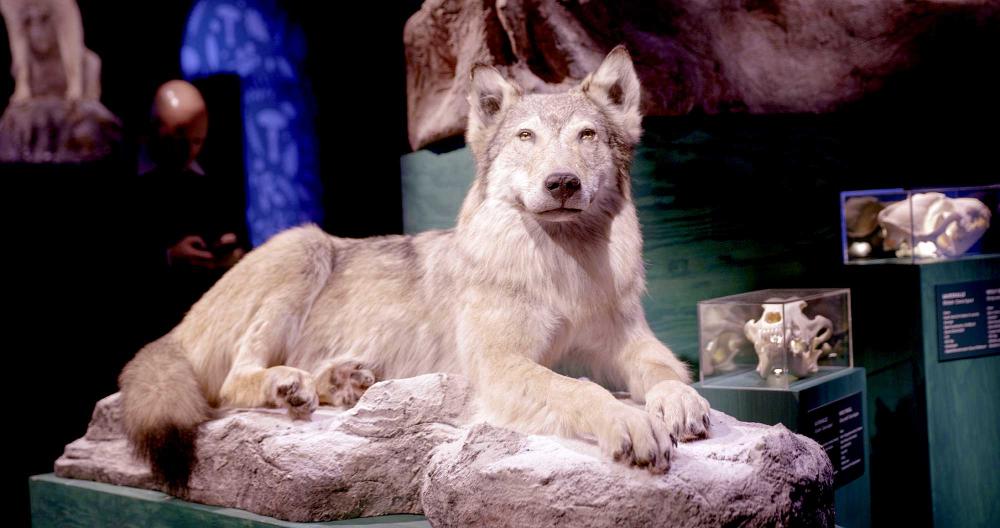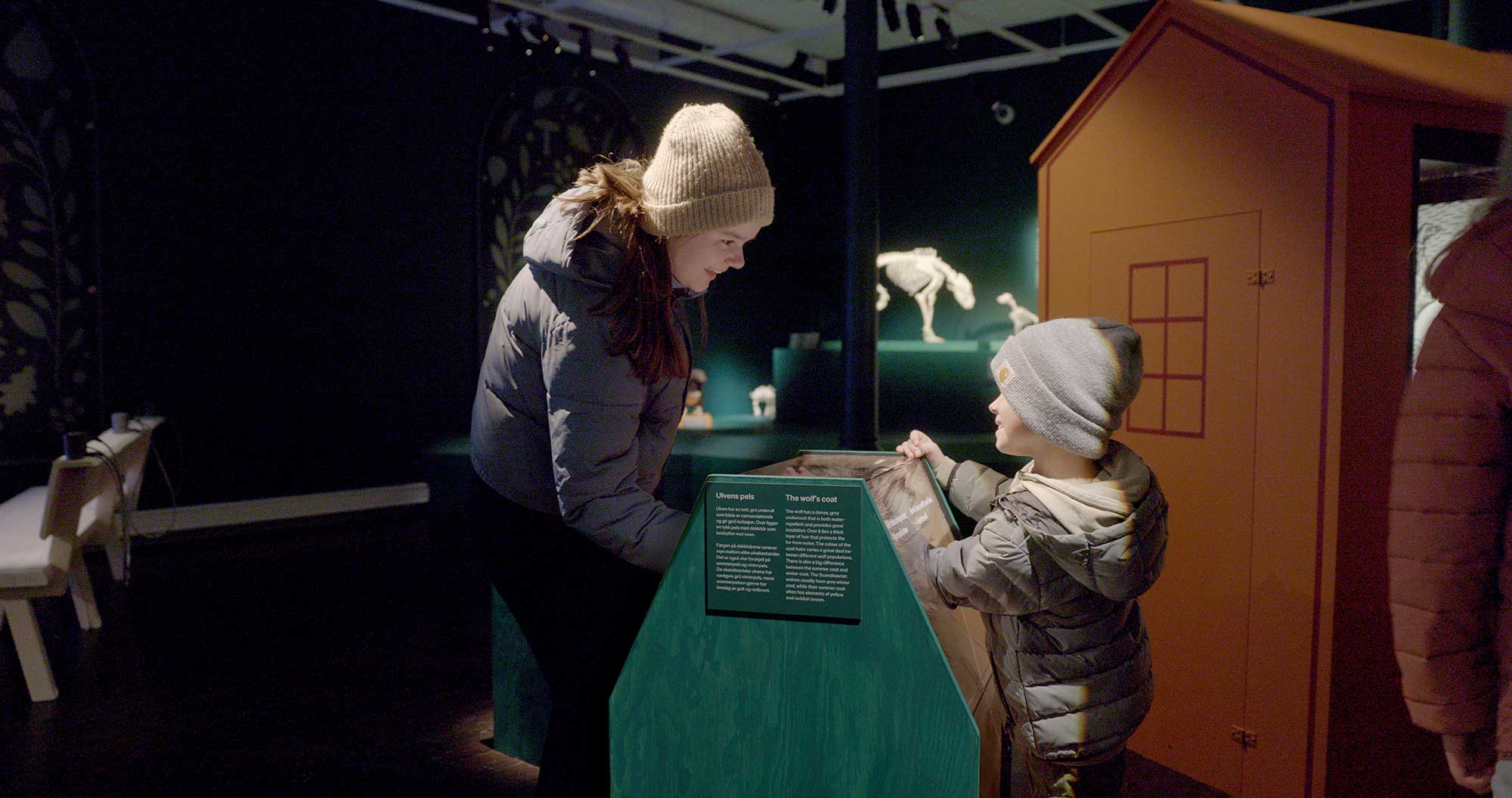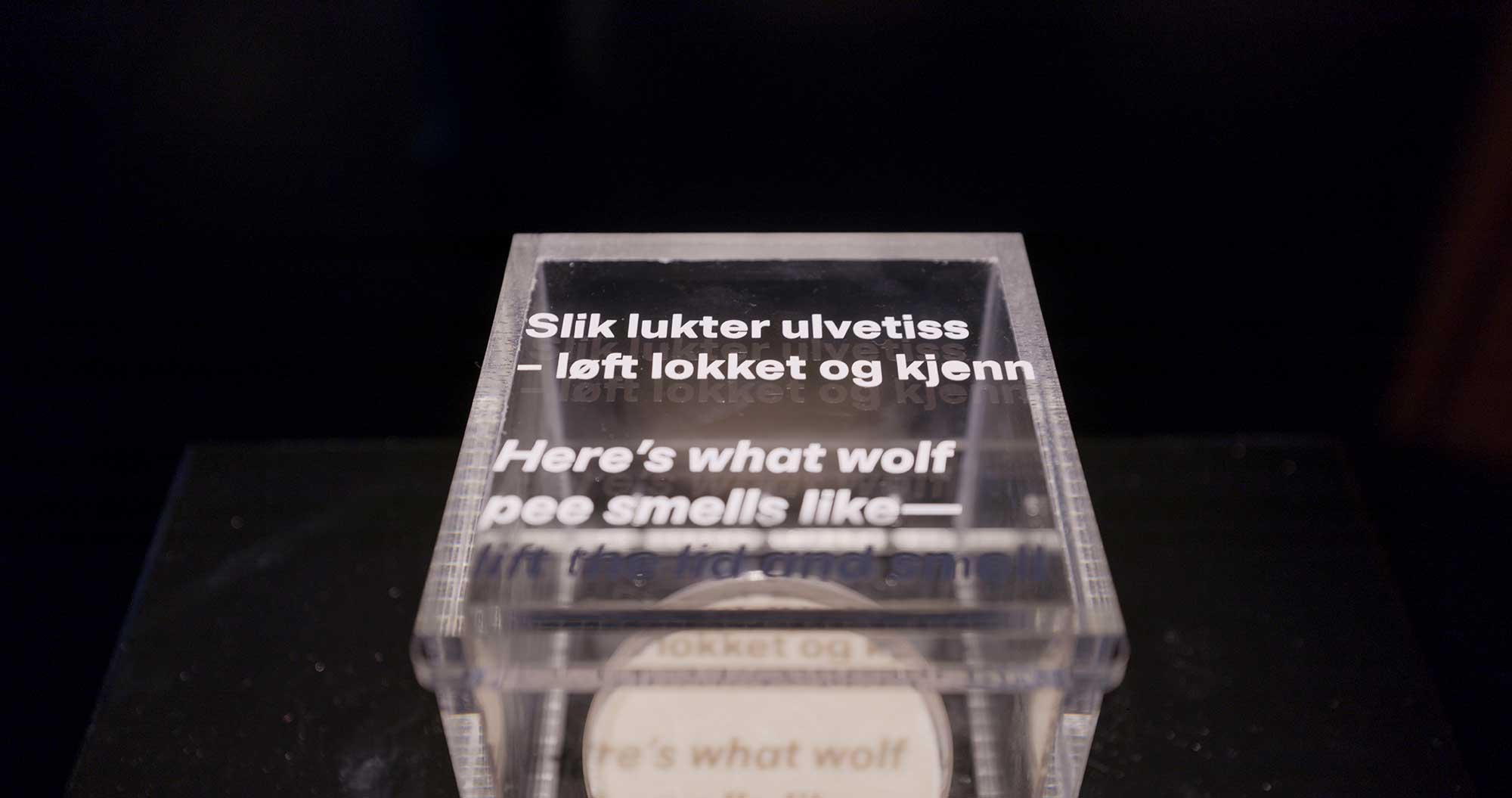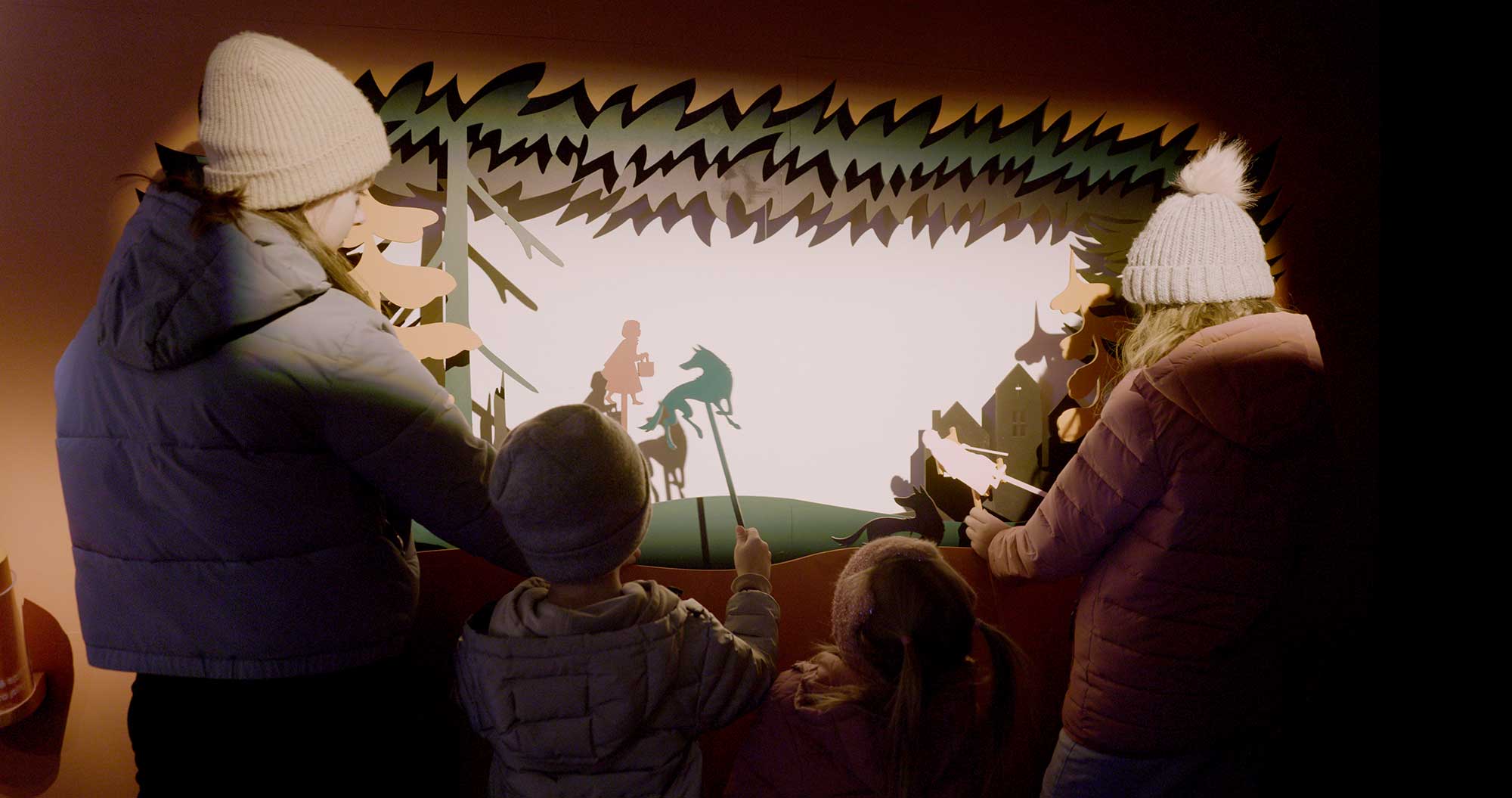Cry Wolf! - University museum
Cry wolf!
About the exhibition
There has been a debate about the wolf in Norway in recent years and researchers at the Science Museum have been part of the world's largest research report on wolves.
Based on this, we present a special exhibition about the wolf so that you can become a little wiser and perhaps gain greater insight into the interaction between humans and wolves and why the wolf has awakened so many strong emotions in people over so many years.
The exhibition tells the story of a species that has existed in our country since the last ice age over 10,000 years ago. Here you will get to know the wolf as both a species and a symbol, and we tell you about the wolf's distinctive features and life, research that is carried out on the species, how the wolf became our best friend; the dog - and how our view of the wolf has changed from Viking times to today. We also shed light on some of the most complex aspects of the conflict and hope that you will be able to form your own opinions about the fate of the wolf in Norway.
The aim of the exhibition is to be an arena for reflection and enlightened debate.
The exhibition lasts until 02.12.22
Stories about the wolf
Wolf and dog are the same species
Wolf and dog are the same species
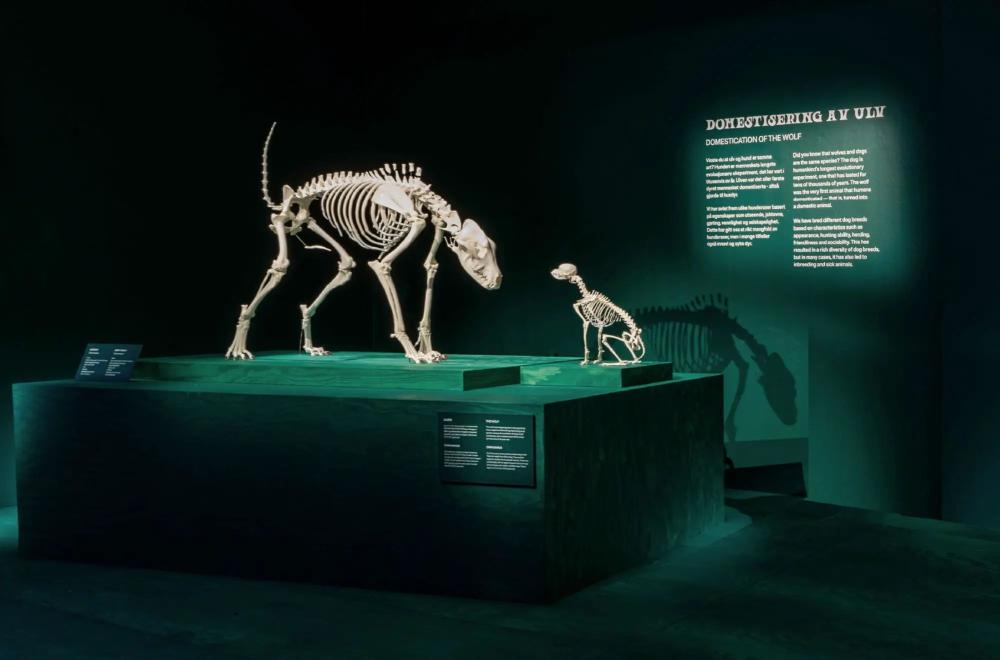
The first dog species that humans domesticated were wolves. Today we call it a dog. The earliest reliable fossils discovered of dogs are 14,200 years old. But there is reason to believe that the wolf was domesticated in several instances, perhaps more than 30,000 years ago, in Europe, Asia, and potentially several other continents.
Domestication of dogs is in many ways the beginning of total human dominance in the world. The agricultural revolution is the key to understanding this and it was only possible through the domestication of a few key species of grass and mammals. The wolf was the only predator to be domesticated, the only top predator, and it was the first in line, long before pigs, sheep, goats, cows and horses.
Wolf is perhaps the species that most closely resembles humans in one of the things that to the greatest extent characterizes us as a species: namely the ability to cooperate. Chimpanzees are similar to humans in many ways, both in behavior, altruism and ethics, but the ability to cooperate to provide food is more similar to the wolf's way of solving problems. One can speculate whether man learned something about social dynamics and sharing from wolves. Maybe it was not just man who domesticated the wolf.
The wolf as a symbol
The wolf as a symbol
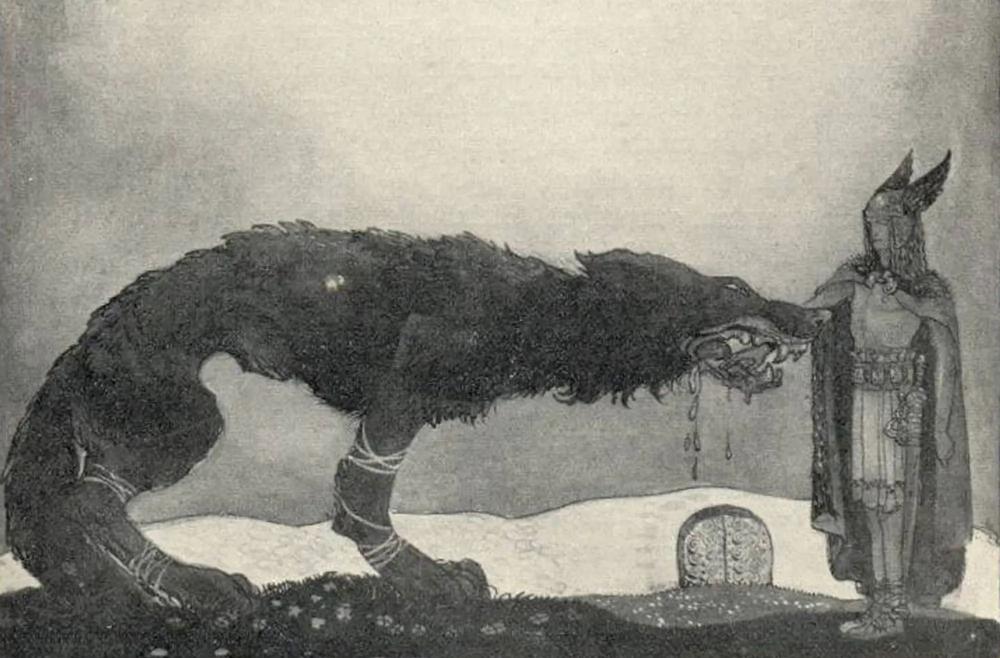
In the Iron Age, also known as the Viking Age, it was thought that some people could transform into predators. They had the characteristics of these animals, and were powerful humans. The wolf was one of the mythical animals that was dangerous, but had courage and strength. In Norse mythology the wolf is held with high regard. Odin had two wolves as companions and he took wolf ham as a shaman.
The male name, Ulv, was also widely used from the 400s. It gave strength and fruitful hunting to those who bore the name. In war, the wolf was seen as a role model because they are fearless and skilled pack hunters. The most fearless warriors therefore dressed in wolf hammers and were known as berserkers. Both weapons and jewelry were adorned with wolves, most likely to transfer some of its characteristics to the owners of the objects.
There are images of wolves or dogs on all petroglyphs. Maybe this is because they managed to tame some wolves making the wolf an ally rather than an enemy. We also see this in Norse mythology, where they distinguish between the tamed wolves of Odin and the wild wolves that were untameable - the Fenris wolf itself.
In the beginning of the Middle Ages, the wolf was a feared but respected predator. It was closely linked to the war ideal of the time, as well as to regular animal husbandry of cows, sheep and reindeer naturally changed the attitude towards the wolf. In the new worldview introduced by Christianity, man was the ruler of nature and respect for the wolf changed into fear. Several stave churches from this time are adorned with the myths of Odin's son killing the Fenris wolf.
In the exhibition, we illuminate how views of wolves have changed through the ages, up to present day and show several objects from our archaeological collections with images of wolves from both the Viking and Middle Ages.
The wolf in Norway
The wolf in Norway
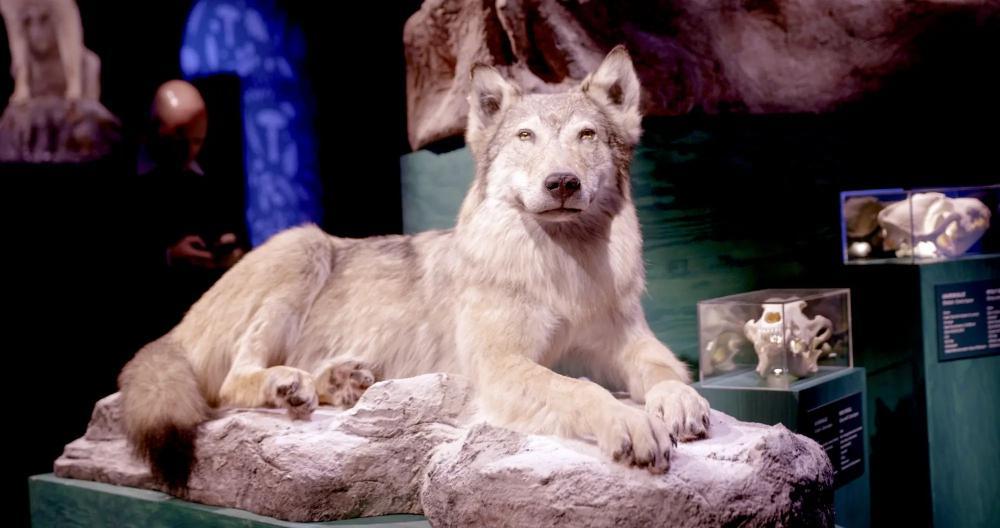
In Norway and Sweden, the wolf was functionally extinct in the 60s and only sporadic observations were made before two wolves migrated unexpectedly established themselves and bred in Southern Scandinavia during the early 80s - approximately 1000 kilometers from the nearest established wolf population to the East.
This wolf pair produced several litters together, but the wolf population did not increase by much until the another male wolf immigrated and established himself in 1991. As time passed, several migrating wolves have been registered, but few of them manage to establish themselves and contribute new blood to the wolf population. In 2021, a new immigrant wolf came and had a litter, and if one of the puppies manages to find a mate and breed, this will be considered the sixth established immigrant since the 80s.
The border between Norway and Sweden cuts through the wolf's core territory in Scandinavia, and we refer to these wolves as the Norwegian-Swedish wolf tribe. Even though this has been researched for 40 years, there are still many who question how the wolves got here, where they came from and whether the wolf is "purebred" or has a mixture of dogs. Does today's wolf tribe belong in Norway?
From 2019 - 2021, the NTNU Vitenskapsmuseet collected 1,814 samples from virtually the entire distribution area to the species Canislupis and performed complete genome sequencing of DNA on a total of 1,300 different samples. The sample material also includes dog, historical wolf samples and wolves from various zoos. This was done to find the genetic origin of the current wolf population in Norway and Sweden.
The results of the genome sequencing show us that today's Norwegian-Swedish wolf tribe originally comes from Finland. We also see that there is a lot of inbreeding in today's wolf population. It is also probable that none of the wolves in today's population have their origins in the historical Scandinavian population that existed until the 1960s. Today, we only find that relationship present in wolves that reside in zoos.
Today's wolf population also has no origin from zoos or from hybridization between wolf and dog. In fact, no other wolf in the world has less canine DNA in it than the Norwegian-Swedish wolf.
Opening hours and tickets
Tuesday - Friday: 10 am - 4 pm
Saturday - Sunday: 11 am - 4 pm
The Museum Shop is in addition open on Mondays, 10 am - 16 pm
Ringve Botanical Garden is always open
The Church Under the Street
